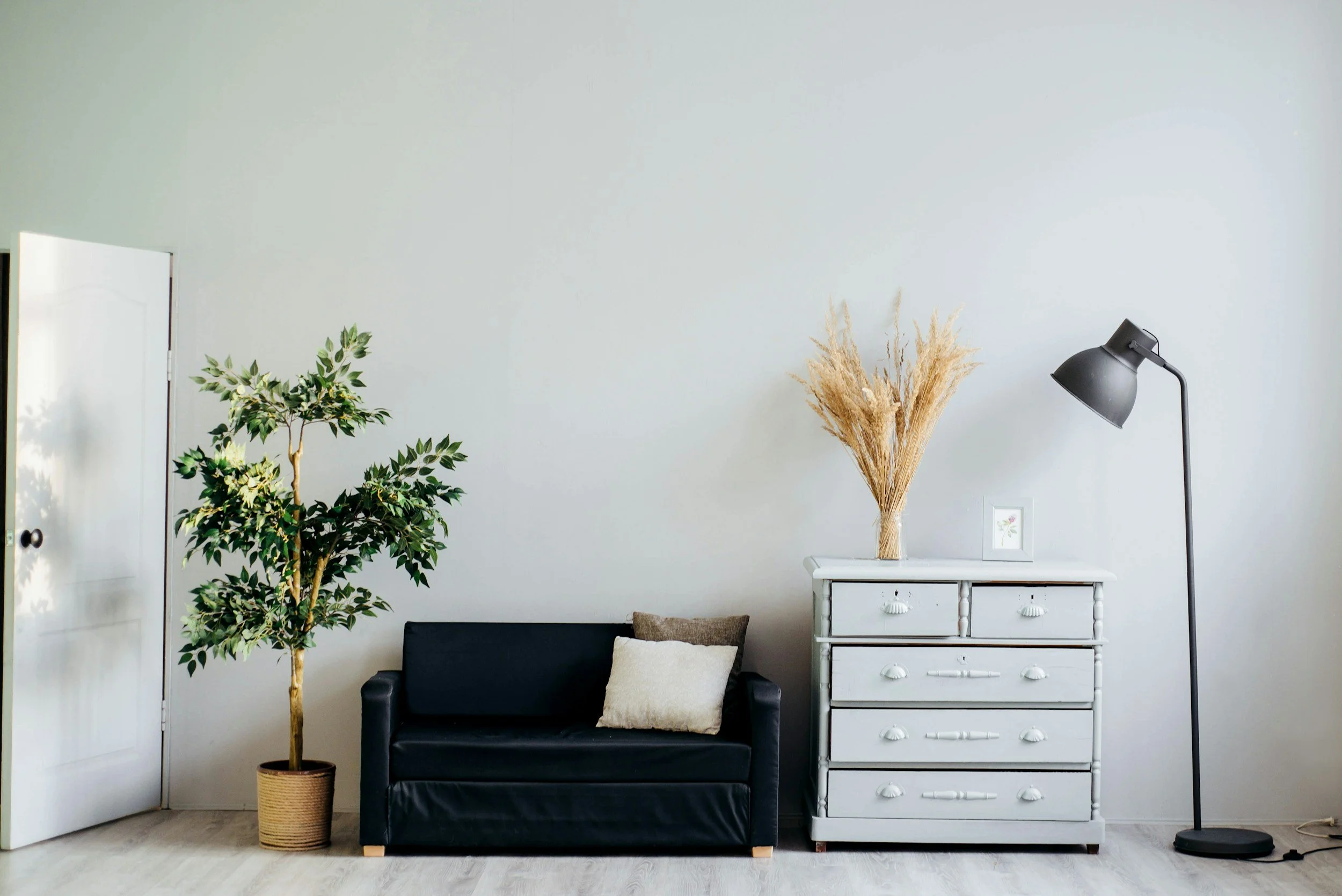The Smart Guide to Buying Second-Hand Furniture: Benefits, Tips, and Considerations
In today’s world of conscious consumerism, buying second-hand furniture has gained significant popularity. Whether you're moving into a new home, redecorating a space, or simply looking for unique pieces, second-hand furniture offers a sustainable and budget-friendly solution. In this guide, we’ll explore the benefits of purchasing second-hand furniture, tips for making the right choices, and important considerations to keep in mind.
Why Buy Second-Hand Furniture?
1. Cost-Effective:
One of the most compelling reasons to buy second-hand furniture is the cost savings. Brand-new furniture can be expensive, especially for quality pieces. Second-hand options allow you to furnish your home at a fraction of the price, often without sacrificing quality.
2. Sustainability:
Buying second-hand furniture is an eco-friendly choice. By opting for pre-loved items, you’re contributing to the reduction of waste and the demand for new resources. This choice helps reduce the carbon footprint associated with manufacturing and transporting new furniture.
3. Unique and Vintage Finds:
Second-hand stores, flea markets, and online platforms often offer unique or vintage pieces that you won't find in mainstream furniture stores. These items can add character and a sense of history to your space, making it truly one-of-a-kind.
4. Quality Materials:
Many second-hand furniture pieces were built during times when craftsmanship was more robust, and materials were of higher quality. You may find solid wood furniture, well-constructed sofas, and other durable items that have withstood the test of time.
Tips for Buying Second-Hand Furniture
1. Know What You Need:
Before starting your search, make a list of the items you need and the space you have available. This will help you stay focused and avoid impulse purchases that don’t fit your home or lifestyle.
2. Inspect for Quality:
Carefully inspect each piece for signs of damage, wear, or repairs. Check for sturdy construction, especially in older items, and be cautious of furniture with structural issues. For upholstered items, check for stains, odors, and signs of pests.
3. Measure Before You Buy:
Ensure that the furniture will fit in your space by taking accurate measurements of both the piece and the area where it will be placed. Don’t forget to measure doorways and hallways to ensure the item can be moved into your home.
4. Consider the Cost of Restoration:
Sometimes, second-hand furniture may require a little TLC, such as reupholstering, refinishing, or minor repairs. Consider the cost of these improvements and whether they are worth the investment.
5. Negotiate the Price:
Don’t be afraid to negotiate the price, especially if the item has minor flaws or requires some work. Many sellers are willing to lower the price to close the deal.
6. Explore Various Sources:
Look for second-hand furniture in various places, including thrift stores, garage sales, estate sales, online marketplaces, and auction sites. Each source offers different types of items and price ranges.
Important Considerations
1. Health and Safety:
Be cautious about buying second-hand mattresses, upholstered furniture, or items from unknown sources. These items can harbor allergens, pests, or other health hazards. Always clean and sanitize second-hand furniture before bringing it into your home.
2. Authenticity:
If you’re buying a piece of furniture that is advertised as antique or vintage, do some research to verify its authenticity. This is especially important if you’re paying a premium for the item.
3. Return Policy:
If you're purchasing from a store or online platform, check the return policy. Some second-hand furniture stores offer limited returns, while others sell items as-is with no returns or exchanges.
4. Environmental Impact:
While buying second-hand is generally eco-friendly, consider the environmental impact of any restoration work you might need to do. Opt for non-toxic paints, stains, and materials when refinishing or repairing furniture.
Conclusion
Buying second-hand furniture is a smart, sustainable, and cost-effective way to furnish your home. By following the tips and considerations outlined in this guide, you can find high-quality pieces that fit your style and budget. Whether you’re looking for something unique, vintage, or simply affordable, second-hand furniture offers endless possibilities for creating a home that’s both beautiful and environmentally responsible.
If you are looking for used furniture, click here to visit used furniture stores and find the best offers.






